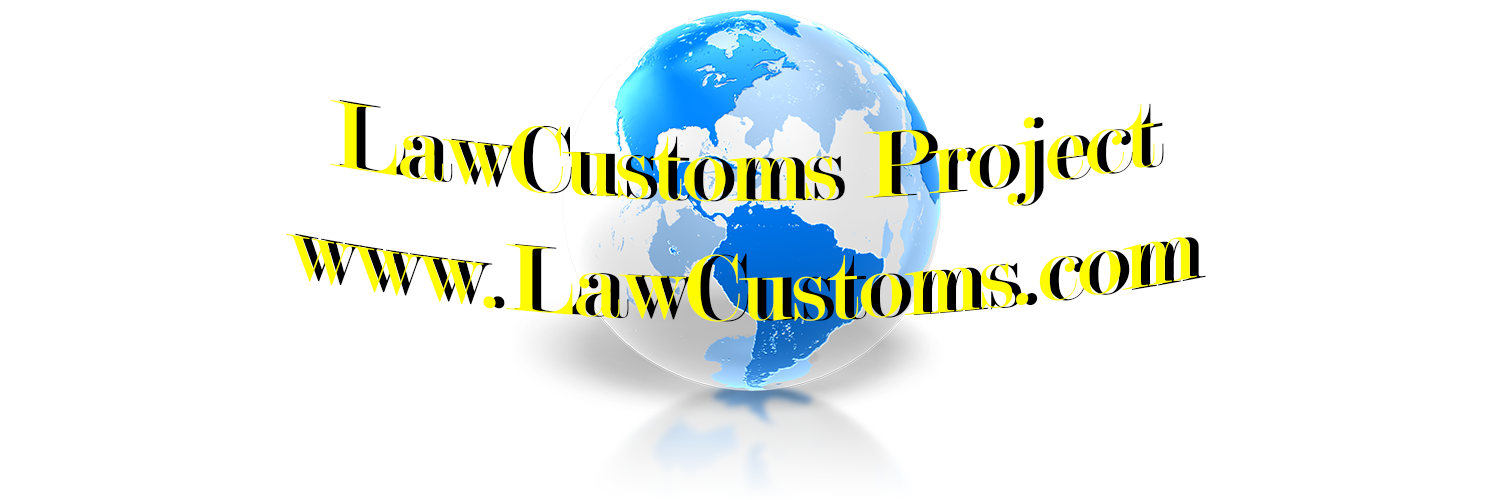Class continued the discussion on specialty marking regulations that apply to specific articles. We also discussed fines and penalties, including marking duties, that are applicable for failure to comply with…
Tag: <span>Labeling & Marking</span>
Main topic was country of origin marking rules. Class discussion covered J-List exceptions, method of marking, appropriate use of country name, and special method of marking required for specific articles.…
Class continued discussion of marking rules of origin. Discussion focused on exceptions to the marking rules, such as the general exceptions and J-list items. Class is a part of LawCustoms…
Class began with discussion of procedural changes implemented with respect to the class conduct. Next, discussion shifted to CBP Notice of Examination and how the notice departs from previous CBE…
Class continues building of foundation for country of origin marking regulatory analysis. Discussion focused on interaction of general rules with marking exceptions and NAFTA override. We discussed concepts of ultimate…
Yesterday, Mr. Obama approved law affecting trade generally, and customs law particularly. The Act is available at this link: https://www.congress.gov/bill/114th-congress/house-bill/644/text The law will affect informal entries under 19 U.S.C. 1321…
On April 23, 2014 CBP’s Virginia McPherson advised international trade community that products from Crimea, marked as “Product of Russia,” “Made in Russia,” “Contents Made in Russia” can be subject…
EPCA’s Non-Tariff Barrier. CBP adopts a new regulation – 19 C.F.R. § 12.50 – to help its sister agencies FTC and DOE bring Energy Policy and Conservation Act of 1975…
“Organic” is a popular term. It is associated with a healthy diet and lifestyle. Quite often, it is also a reason to charge and pay higher prices for the organic…
The country of origin concept keeps revisiting members of the international trade community all the time. Some would like to know how to mark their products and packaging. Others are…
